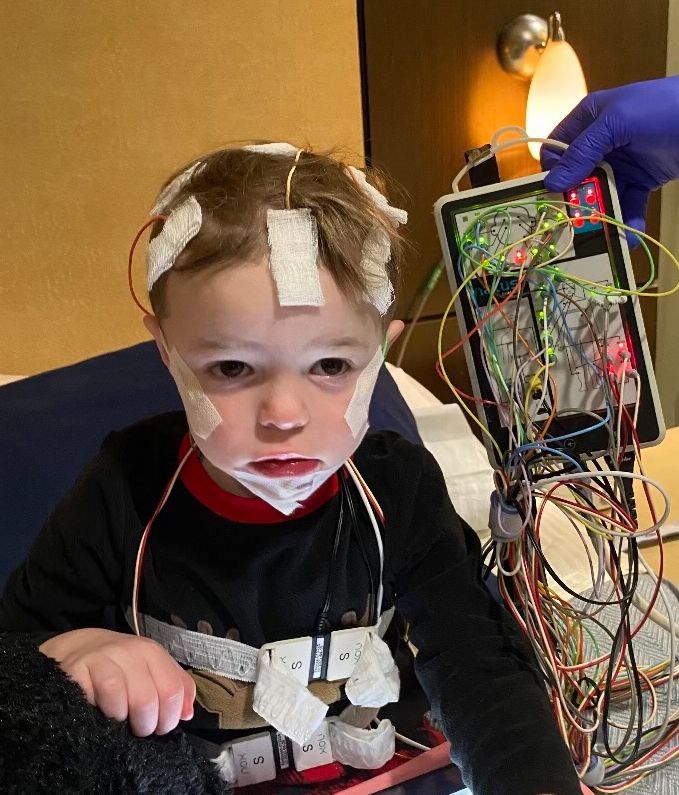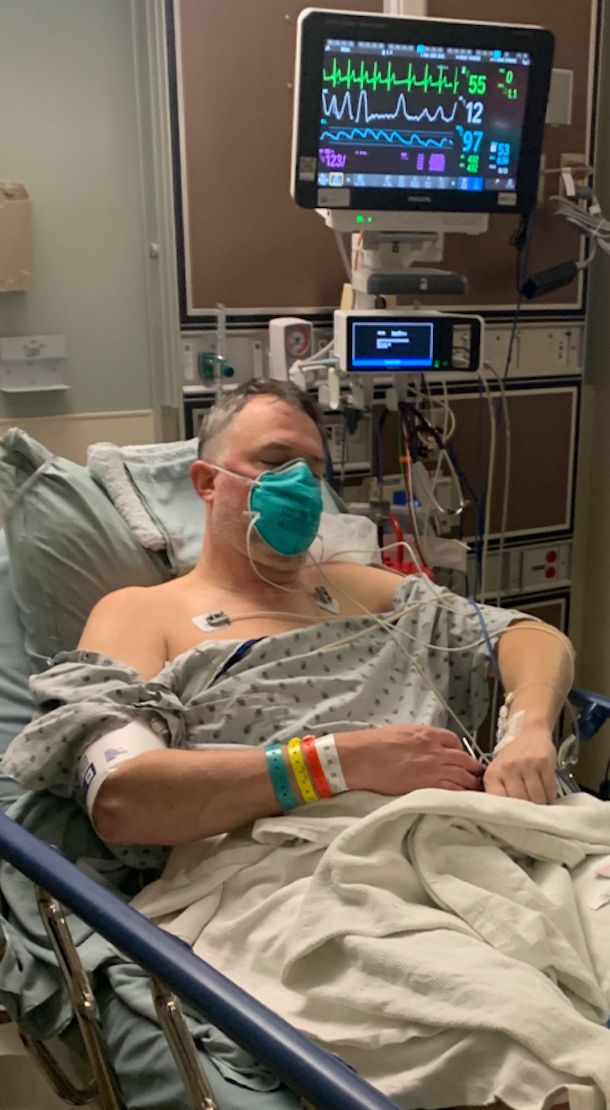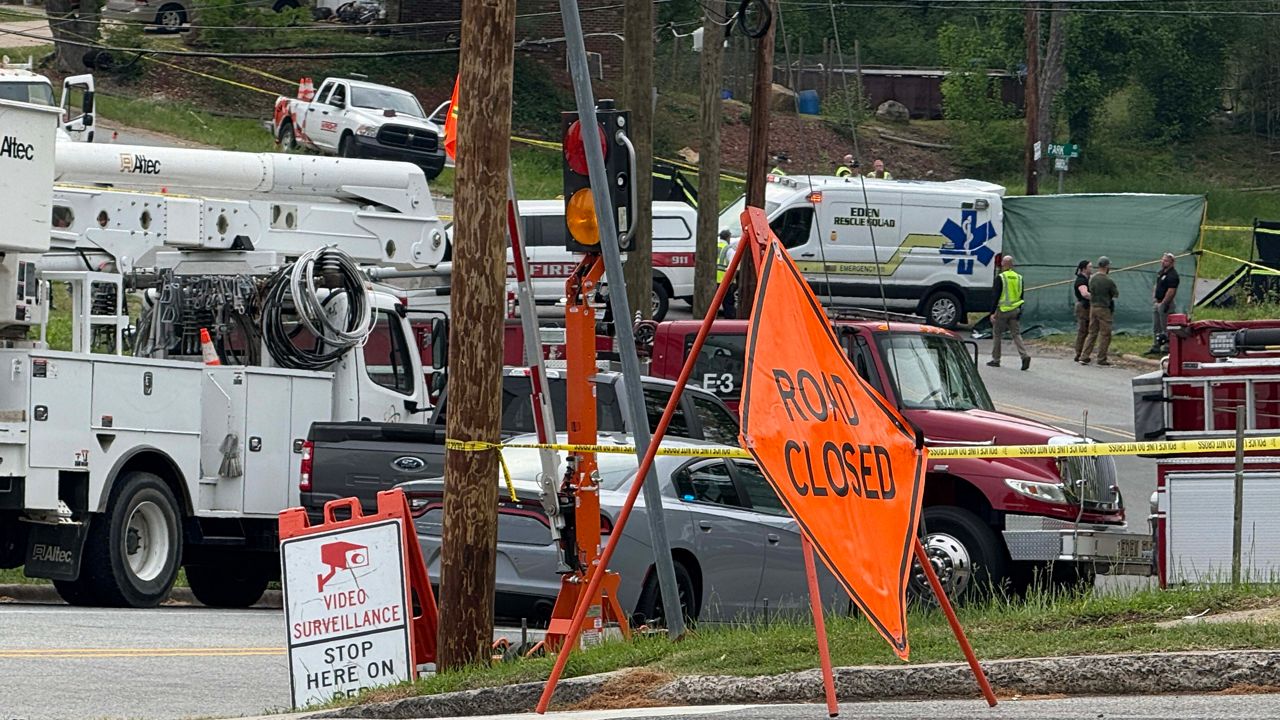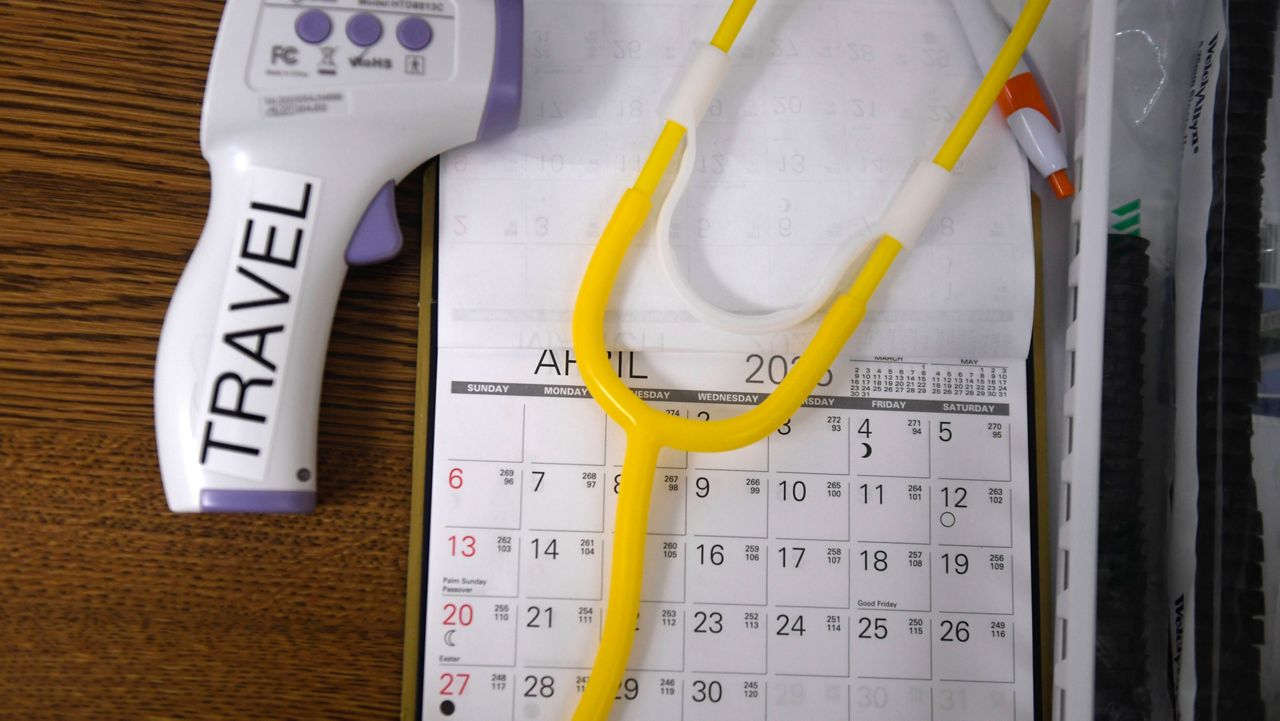The chill of a January day in central Virginia feels worlds away from the Hawaiian paradise that Army Maj. Mandy Feindt and her family of four once called home.
“We were living the dream until we were poisoned in paradise,” Feindt said.
In 2021, Feindt, her husband, Patrick, and their two children, Trip and Palmer, began getting sick.
“I was having like full-body sweats. ‘Am I going through menopause? What is wrong with me?’” Feindt said.
The water they were using for drinking, cooking and bathing was laced with a witches brew of toxic chemicals, like benzene and xylene.
The Navy blames a jet fuel spill on Nov. 20, 2021 at the Red Hill military fuel storage site for the contamination.
Feindt tells Spectrum News 1 that 19 days later a note from the Army was left on their door that said the water wasn’t safe.
The warning came too late.
“My life has never been the same since I saw that note because the very next day Patrick and Trip ended up in the hospital. Vomiting coming out of both ends, so sick. And two days later Palmer and I end up in the hospital,” Feindt said.

It’s not clear how long the Navy waited before informing families of the contamination.
But the Navy said around 93,000 people at and around Joint Base Pearl Harbor-Hickam were exposed to the tainted water.
About 6,000 have reportedly gotten sick.
Feindt, who now lives in Virginia, has an overflowing medicine cabinet in her home.
Inside the cabinet are drugs to treat an alarming array of medical conditions affecting the family, including tremors, dizzy spells, lung and gastrointestinal damage as well as mental health problems.
“This is a story where the Navy knew that the water was contaminated and let people to continue to use it,” said attorney Kristina Baehr, the founder of Just Well Law.
Baehr has filed two lawsuits against the federal government over the contamination on behalf of the Feindt family and thousands of others.
The first seeks compensation for health care for the military families.
The second seeks to lift the ban on active-duty service members like Feindt from suing. And it seeks compensation for them.
“The service members weren’t in the line of duty when they were bathing their newborns in water in their homes, when they were eating Thanksgiving dinner,” Baehr said.
Baehr said what happened in Hawaii is eerily similar to water contamination at Camp Lejeune in coastal North Carolina.
The federal government acknowledges that toxic water was on the base from 1953 to 1987, and it’s been blamed for causing various cancers, Parkinson’s disease and other illnesses in people associated with the North Carolina base.
Tens of thousands of people who lived or served there have been sickened and some died from decades of water contamination.

It took years for the Marines to make people aware of the exposure.
A special law passed two years ago allows Lejeune victims, collectively, to receive what could be billions of dollars in damages.
“It is a complete repeat in history, from the failure to warn the families, to the treatment of families, to the gaslighting, to the denying any sort of correlation between the medical symptoms and exposure,” Feindt said.
“Red Hill shows that we have not learned our lesson from Lejeune,” Baehr said. “Red Hill was Camp Lejeune in real time. The only real difference was … it was so much worse than Camp Lejeune that people could smell it and report it to each other and the Navy was caught in the act at Red Hill.”
The Navy has taken responsibility for the leak and admits not doing enough immediately after the contamination.
And today the Navy says the water is safe.
But a recent report by the Environmental Protection Agency finds there could still be levels of residual fuel in some homes and says the Navy needs to take additional steps.
The Navy reiterates the water is safe, and it’s also in the process shutting down the Red Hill storage facility.
“I’ve developed insomnia because there are many nights that I would stay awake watching my children sleep, praying to God they would wake up the next day,” Feindt said.
Feindt is still part of the military but now at Fort Belvoir in Virginia where she’s no longer working, she’s a patient.
She is receiving care for the neurological issues she still faces from the toxic water.
And often wherever the Feindt family goes, they don’t drink the water unless it’s bottled.
She and her husband are worried about their future health and that of their children.










